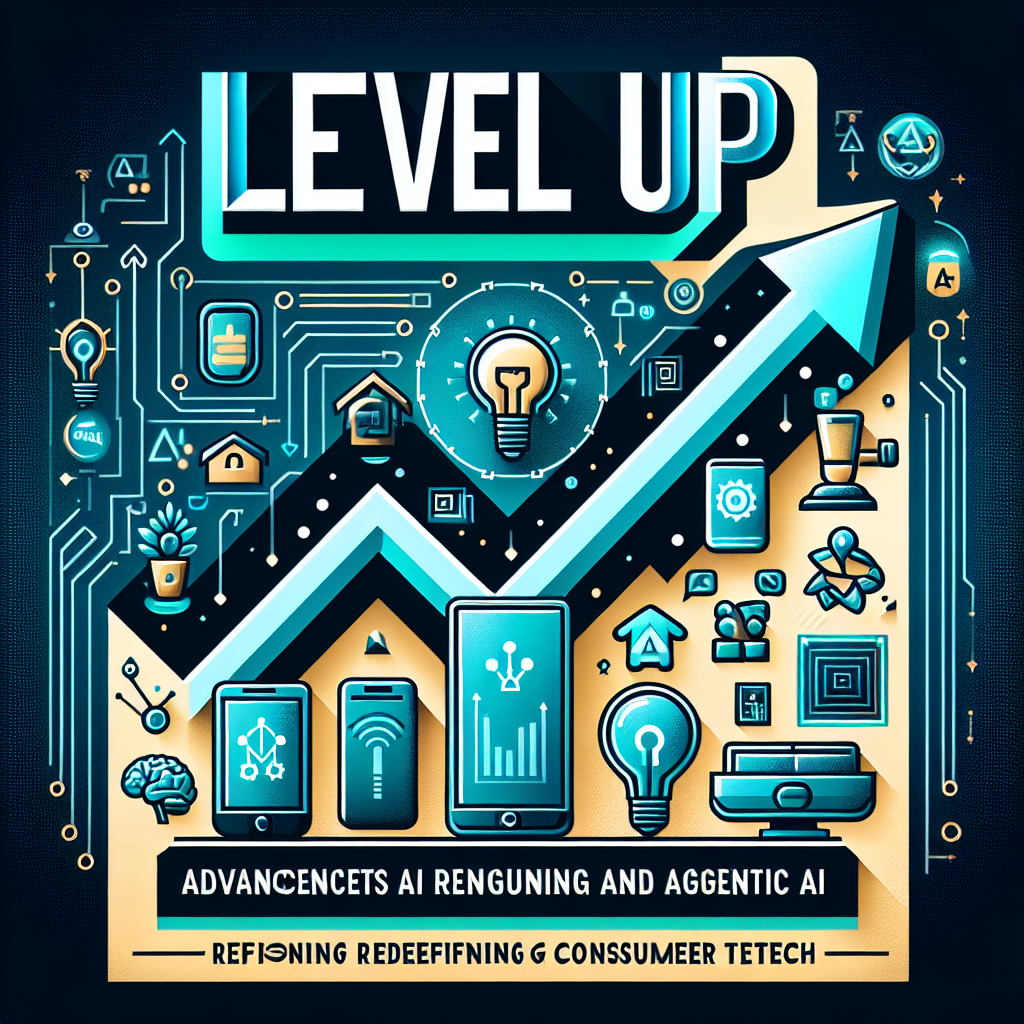AI's Leap Forward: How Reasoning and Multimodal Models Are Revolutionizing Tech
In the vibrant world of artificial intelligence, two significant advancements have been making waves: AI reasoning capabilities and multimodal models. These technologies are not only pushing the boundaries of what AI can do but are also transforming how we interact with consumer electronics and gaming.
AI Reasoning: The 'Think' in Artificial Intelligence
AI reasoning has evolved significantly over the years, moving beyond simple automation to perform complex analysis and problem-solving tasks. This capability allows AI systems to apply structured logic, analyze probabilities, and refine outcomes based on data. By integrating techniques such as deductive, inductive, abductive, probabilistic, and analogical reasoning, AI can enhance predictive accuracy and automate complex workflows across industries like healthcare, finance, and manufacturing[1][3].
The latest in AI reasoning includes the development of neural-symbolic AI models that combine the power of neural networks with the logic of symbolic processing. These hybrid models improve accuracy and flexibility by applying structured reasoning while maintaining the adaptability of machine learning[1]. For instance, models like ChatGPT and Google's Gemini have demonstrated human-like reasoning abilities in specific domains, even surpassing human capabilities in tasks such as data analysis[3].
Multimodal Models: The Multitalented AI
While AI reasoning makes AI systems smarter, multimodal models make them more versatile. Unlike traditional unimodal AI systems that focus on a single data type like text or images, multimodal AI integrates multiple types of data to provide a more comprehensive understanding. This integration enables AI to process text, images, audio, and video simultaneously, leading to better context awareness and decision-making[2][4].
Models like DALL-E and Stable Diffusion are exemplary in this space, capable of generating images from textual prompts, illustrating the power of multimodal understanding in creative applications[2]. Moreover, advancements in multimodal AI have improved accuracy by leveraging the strengths of different data types, often using transformer architectures for this integration[4].
The Impact on Consumer Electronics and Gaming
The advancements in AI reasoning and multimodal models are not just theoretical; they have significant practical implications for consumer electronics and gaming. For instance, AI-powered virtual assistants in smart devices use multimodal processing to understand voice commands while responding more naturally by considering visual cues[2]. Similarly, in gaming, AI can create more realistic environments and characters by integrating various data modalities for enhanced immersion and realism.
In the world of gaming, AI-driven NPCs (non-player characters) can become more intelligent and responsive, offering a more realistic and engaging gaming experience. This integration can also enable AI to suggest game strategies or even create new game content based on player behavior, revolutionizing the way games are developed and played.
As AI continues to evolve, we can expect even more innovative applications across consumer electronics and gaming, blurring the lines between human intelligence and machine capabilities.
Conclusion
AI reasoning and multimodal models are transforming the tech landscape, offering capabilities that were once the realm of science fiction. These advancements not only make AI systems smarter but also more versatile and human-like, promising a future where technology seamlessly integrates into our daily lives.



